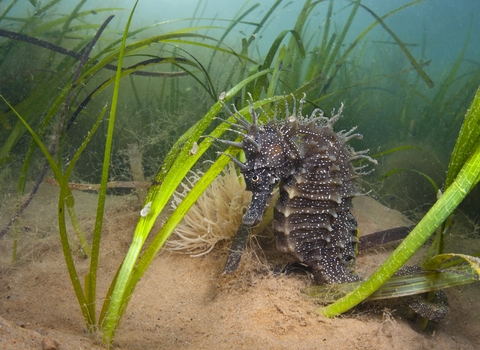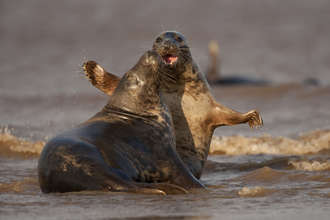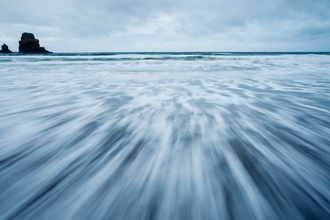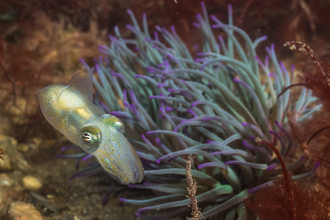Tiny creatures of the sea or seashore
Our seas are filled with wonderful creatures and many of us know the larger mammals and fish in our seas such as dolphins, seals and sharks but what about the small creatures that make their homes in the sea or on the seashore? They may be small but these creatures are just as important as larger marine wildlife. Marine ecosystems are our life support system, helping regulate our climate, providing us with food, and releasing oxygen for us to breathe.
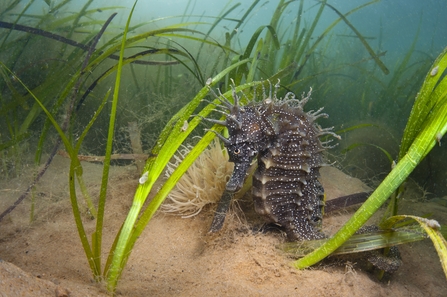
A female spiny seahorse (Hippocampus guttulatus) shelters in a meadow of common eelgrass (Zostera marina). Image credit - Alexander Mustard/2020VISION
Long-snouted seahorse
The long-snouted seahorse (also known as the spiny seahorse) is one of two types of seahorses found in UK seas. Although a type of fish, they are poor swimmers and live in shallow coastal waters where they cling on to seaweed and seagrass to stop being swept away. The long snout doesn't stop them from being only 15cm long.
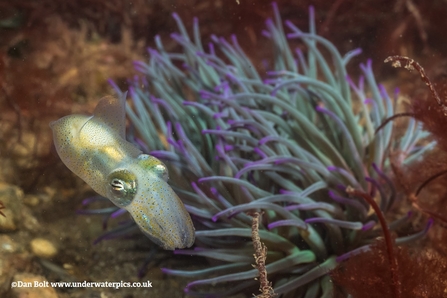
Dan Bolt www.underwaterpics.co.uk
Little cuttlefish
Little cuttlefish are a type of bobtail squid and don't have a cuttlebone. At only 6cm, they spend much of their time buried in sandy seabeds. If disturbed, little cuttlefish release a jet of ink and will change their colouration to pale to confuse the predator and make their escape.
Matt Slater Cheshire Wildlife Trust
Cushion star
These little starfish are only 5cm in diameter and can be found hiding in rockpools. They also live on the seabed down to depths of around 100m. A protandrous hermaphrodite, small or young cushion stars are male but when they increase beyond a certain size they develop into females.
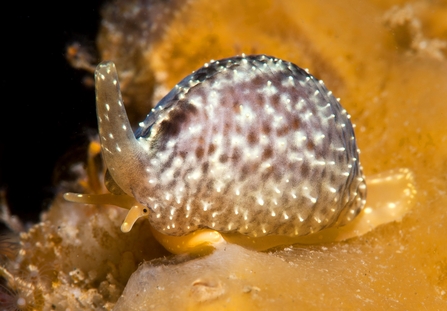
Alexander Mustard/2020VISION
Spotted cowrie
This small sea snail is only 1cm and the smallest on our list! They live on rocky shores and under stones at, or below, the low tide mark. Spotted cowrie's have three dark brown spots on the shell whilst the head, tentacles, foot and body are brightly coloured. You are most likely to spot the shell washed up on a beach.
Sand hopper ©Dorset Wildlife Trust
Sand hopper
Sand hoppers spend the daytime buried in the sand or hidden in strandline debris. These tiny, 2cm long crustaceans spend the winter buried in sand. Sometimes known as sand fleas, sand hoppers don't bite people but can jump. Look out for them jumping under rocks and seaweed.

